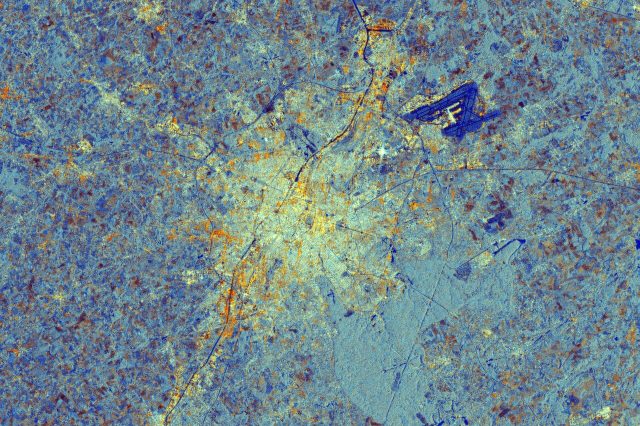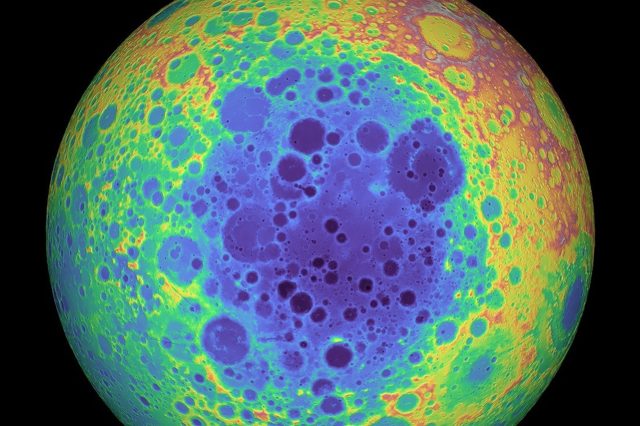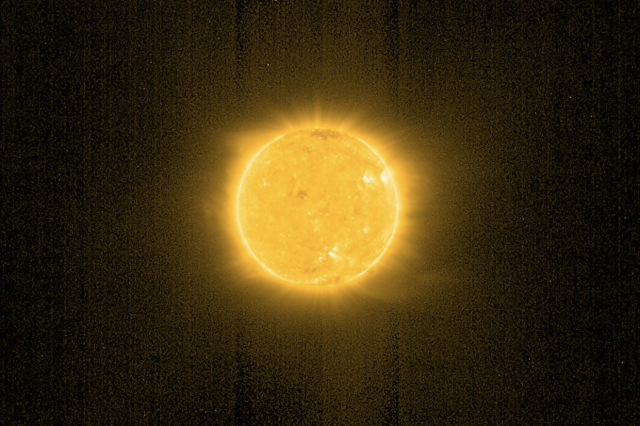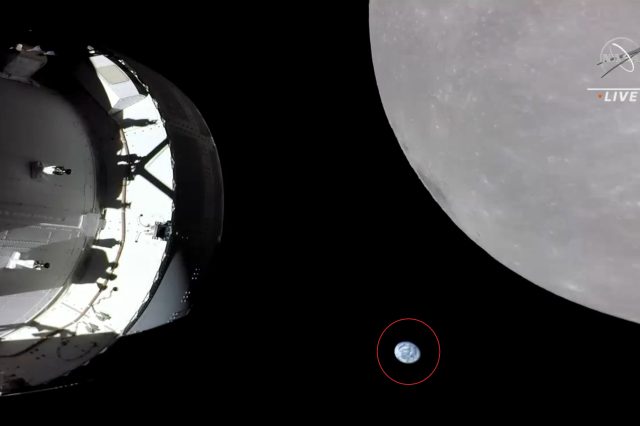As noted by scientists, the outer part of the gaseous layer that surrounds us reaches 630,000 km away, 50 times the diameter of our planet.
As noted by researchers, the outer part of the gaseous layer that surrounds us reaches 630,000 km away, 50 times the diameter of our planet. A team of researchers has discovered, from old observations gathered by SOHO, the solar observatory of NASA and the European Space Agency (ESA), that the atmosphere of the Earth reaches a mind-bending distance of 630,000 km, twice the distance that separates us from the Moon and 50 times the diameter of our planet.
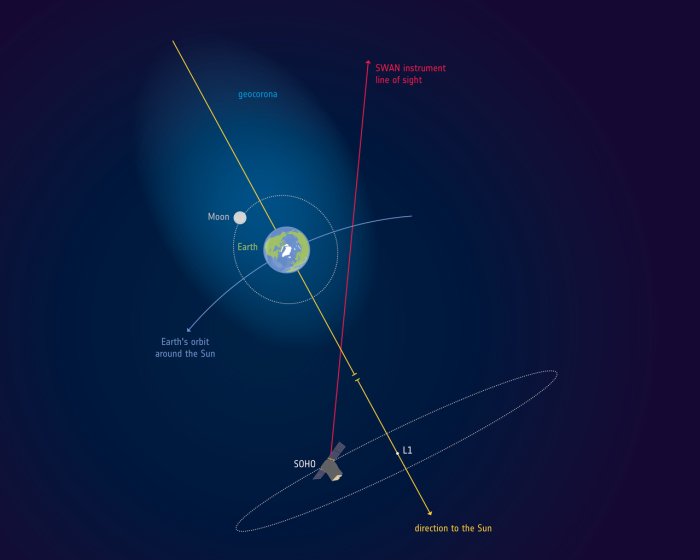
Evidence of the size of our atmosphere was discovered between 1996 and 1998, and it was just sitting around in old archives waiting for someone to look at it. The readings taken by SOHO were obtained specifically to help experts map the geocorona using the observatory’s SWAN instrument, a sensitive instrument built specifically to measure and record far-ultraviolet emissions from hydrogen atoms called Lyman-alpha photons.
“The Moon flies through Earth’s atmosphere,” explains physicist Igor Baliukin of Russia’s Space Research Institute. “We were unaware of it until we dusted off observations made over two decades ago by the SOHO spacecraft.” It can’t be spotted from Earth as the atmosphere’s inner layers absorb them.
So, to see them, we need to go into space and use specific instruments to spot them. Apollo 16 astronauts photographed the geocorona without even knowing they were inside it in 1972.
“At that time, the astronauts on the lunar surface did not know that they were actually embedded in the outskirts of the geocorona,” said Jean-Loup Bertaux, co-author and former principal investigator of SWAN. The region is called the geocorona and is part of an atmospheric layer of the exosphere. It is made of a tenuous cloud of neutral hydrogen that glows in far-ultraviolet light. As scientists put it, it completely alters our understanding of planetary atmospheres.
Astronomers say the new understanding may help guide our search for Earth-like planets outside of our solar system that could harbor life. The discovery also means that, when you look at it, no humans have ever actually left Earth’s atmosphere.
Join the discussion and participate in awesome giveaways in our mobile Telegram group. Join Curiosmos on Telegram Today. t.me/Curiosmos


